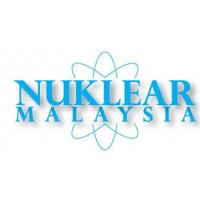The stable isotopes technique is the best candidate for honey authenticity since the adulterants, cane sugar and corn flour are sourced from C-4 plants with the produced sugars reflecting their original carbon isotopic composition. By contrast, bees collect nectar and pollen for honey production primarily from the flowers of C-3 plants, and to a lesser extent from the flowers of C-4 plants. Sugar syrups produced by the C-4 metabolic pathway exhibit a 13C/12C ratio (expressed as δ13C) that differs from sugars derived from the C-3 metabolic pathway.
The isotope method was further refined by comparison of the carbon isotope ratio of the sugars to those of the honey protein, where the protein can be used as an internal isotopic standard. A different >1‰ between the protein and sugar in honey can be classified as adulterated. It is the consistent metabolic relationship between the protein and sugar carbon isotope ratios that is the basis of the official AOAC test for adulteration (AOAC 998.12). Since agricultural practices, climatic and geographical conditions are the major factors for most of food products’ authenticity, nitrogen, sulphur, oxygen and hydrogen stable isotopes also are considered to be analysed in the honey.
Data and Resources
| Field | Value |
|---|---|
| Contact Name / Contributor | MOHD NOOR HIDAYAT ADENAN |
| Contact Email | |
| Author / Creator | |
| Subject Field of Research MRDCS 6th | Agriculture and Forestry |
| Subject Socio Economic Objective MRDCS 6th | Advanced Experimental and Applied Science |
| Publisher | |
| Temporal Coverage | Monday, July 18, 2022 - 16:30 |
| Type | |
| License | Other (Not Open) |
| Rights | This dataset only valid for the sample batch that has been analyzed. |
| Public Access Level | Restricted |
| Modified | 2022-08-04 |
| Release Date | 2022-07-18 |
| Identifier | fe13f65f-0bd0-468f-aa20-3a66b24b4a62 |

